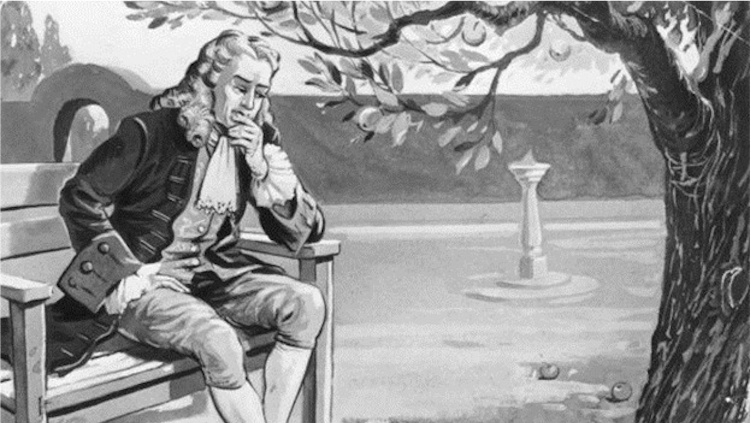Contributions to the Laws of Gravity
The law of universal gravitation, which Newton developed in Principia, asserts that any two bodies in the universe would gravitate toward one another with a force that is directly proportional to the product of their masses and inversely proportional to the square of the distance between them. The ground-breaking legislation contributed to our understanding of a variety of phenomena, including comet and tide trajectories and tides. Even though Einstein's theory of general relativity eventually replaced Newton's universal gravitation law, most applications still employ Newton's law as an excellent approximation of the effects of gravity.
Gravity was first described by Newton as an all-encompassing force. In his book Principia, he discussed it and came up with the concept of the law of universal gravitation. According to the law, any two bodies in the universe will be drawn to one another by a force that is directly proportional to the sum of their masses and inversely proportional to the square of their separation.
This ground-breaking law provided an explanation for phenomena like comet trajectories and tides. Later, Newton's universal gravitation law was replaced by Einstein's theory of general relativity. However, we still utilize and abide by this law since it provides a good approximation of the gravitational effects in the majority of situations.










